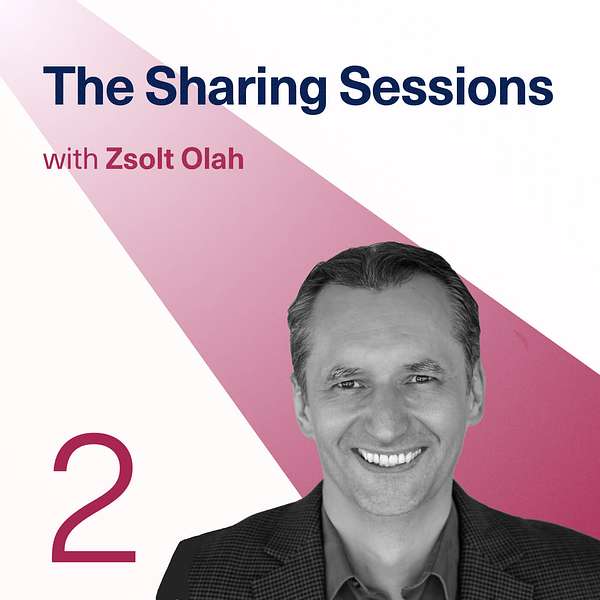
L&D Spotlight
L&D Spotlight
Designing a Learning Ecosystem for Measurable Outputs
In this episode, we take an in-depth look at what it means to build a data-driven learning ecosystem. We talk about learning design practices that enable the right tech stack to produce measurable results - both for the learner and the business.
Guest: Zsolt Olah, Senior Learning Technologist at Amazon, responsible for the effective and efficient data, measurement, and evaluation strategy for the team to create more impact and less content. Before Amazon, for 20+ years, Zsolt held various learning and technology positions in the corporate industry to analyze business problems and provide effective learning solutions.
Highlights:
- Impact is the goal of L&D. Content creation and delivery are tools to reach this goal.
- As L&D professionals and teams, you should clearly understand why you choose a specific technology and learning design approach. You need to be intentional and purposeful in creating your learning ecosystem.
- Spending the learning budget on solving the right problem is more important than your first-order layer of issues. If you're looking for faster ways to create content, but you still don't know if your current content is measurably effective, then solve that problem first.
- Data literacy is a crucial skill for L&D professionals - not to the extent of becoming an expert, but to at least grasp how to measure and evaluate effectiveness.
- For example, to start implementing LTEM, you first need to understand the underlying data-related work:
- How do you define effectiveness?
- What data do you plan to gather and measure?
- What are the data sources?
- How can you build data-measuring points in your learning design strategy?
- What happens on the job after the learning is completed is the end goal of a learning intervention. This is the most important thing to focus on, and you should work back from that to build your L&D strategy, ecosystem, and, ultimately, your learning tech stack.
- The first thing to do is understand the jobs to be done and where people have difficulties executing the work.
- If you discover that a learning intervention is the needed solution, the minimum you can do in designing that learning experience (especially taking LTEM into account) is to implement productive breaks from learning.
- Allow learners to pause learning and practice, "do the task and come back," or at least build in knowledge checklists or quizzes throughout the content delivery.
- The more you give a learner opportunities to put the information into practice, the higher the learning effectiveness.
- Your learning tech stack should support the possibility of creating and delivering learning experiences, as well as the ability to capture data during both learning and practicing.
- Once you can capture this information (aka these data points), you can interpret the data obtained and use it to measure the effectiveness of learning and its impact on the business - essentially, you can measure the learning ROI.
To join the conversation or get in touch, reach out to Liz Stefan on LinkedIn or email liz[at]niftylearning.io